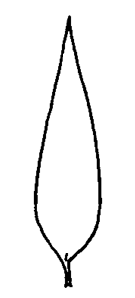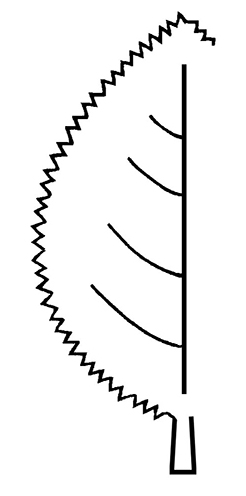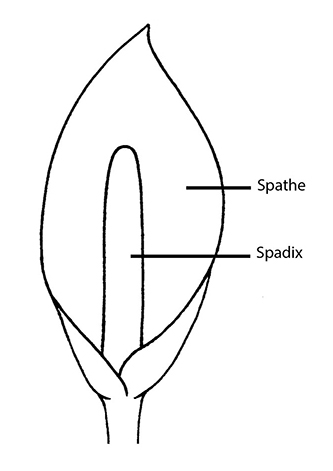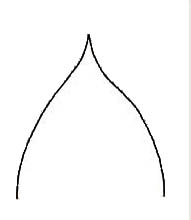Lagarosiphon Harv.
oxygen weed, African elodea
Hydrocharitaceae
Elodea, Egeria, Hydrilla, Hydrothrix, Mayaca, Najas, Nechamandra, Tonina
Africa and Madagascar
Lagarosiphon cordofanus Casp.
L. madagascariensis Casp.
L. major (Ridl.) Moss
U.S. Federal Noxious Weed: Lagarosiphon major
Identification: Lagarosiphon major is distinguishable by its relatively large, recurvedrecurved:
(adj) curved downward or backward
leaves; the other two cultivated species have narrow, needle-like leaves.
Lagarosiphon major is introduced into Europe (e.g., England, France) and New Zealand.
Lagarosiphon major is a potentially serious weed of cold waters in temperatetemperate:
(adj) of the climatic zone between boreal and tropical
countries, and an aquatic weed on the U.S. federal noxious weed list.
submersedsubmersed:
see submerged
, attached stem plantstem plant:
(n) (a term used in the aquarium and pond plant trade) having an elongate stem (as opposed to a compact stem)
Perennial. Usually dioeciousdioecious:
(adj) having separate male and female flowers on different individuals of the same species
. Roots unbranched. Stems elongate. Leaves spiral, whorledwhorled:
(n) bearing whorls; a type of leaf arrangement (phyllotaxis) in which leaves are in whorls
 or subopposite, evenly spaced but denser towards apexapex:
or subopposite, evenly spaced but denser towards apexapex:
(n) the point farthest from the point of attachment; the tip (often pointed)
, sessilesessile:
(adj) attached directly, without a stalk
 , linear to lanceolatelanceolate:
, linear to lanceolatelanceolate:
(adj) lance-shaped; widest point below the middle, tapering to the apex
 , straight or recurvedrecurved:
, straight or recurvedrecurved:
(adj) curved downward or backward
, with minute denticulatedenticulate:
(adj) minutely dentate; projecting in the form of a small tooth; slightly toothed
 margins. Inflorescenceinflorescence:
margins. Inflorescenceinflorescence:
(n) the arrangement of flowers on the floral axis
 axillary, a spathespathe:
axillary, a spathespathe:
(n) a large bract or bracts subtending and often enclosing an inflorescence
 of 2 united bracts. Flowers unisexualunisexual:
of 2 united bracts. Flowers unisexualunisexual:
(adj) (of a flower) with either stamens (male) or pistils (female) but not both; consisting of only male or female flowers
; female spathespathe:
(n) a large bract or bracts subtending and often enclosing an inflorescence
 cylindrical, subtends single, sessilesessile:
cylindrical, subtends single, sessilesessile:
(adj) attached directly, without a stalk
 , minute female flower; male spathespathe:
, minute female flower; male spathespathe:
(n) a large bract or bracts subtending and often enclosing an inflorescence
 globose, subtends numerous minute male flowers. Male flowers absciseabscission:
globose, subtends numerous minute male flowers. Male flowers absciseabscission:
(n) separating or falling off (as in, e.g., leaves)
 as buds and float on surface; female flower carried to surface on long filiformfiliform:
as buds and float on surface; female flower carried to surface on long filiformfiliform:
(adj) thread-like; long and thin
hypanthiumhypanthium:
(n) the cup-shaped structure formed from the fusion of the basal parts of the calyx, corolla, and stamens, on the rim of which these parts arise
(appears to be a pedicelpedicel:
(n) the stalk of a single flower in an inflorescence, or of a grass spikelet
) and opening; sepals 3; petals 3, similar. Dispersal by seed or stem fragments.
standing, warm or cold (L. major) waters of lakes and swamps
Rapidly growing species that can quickly dominate other species. All are difficult to cultivate in aquaria. Unbranched roots are used to anchor the plant rather than for nutrient uptake.